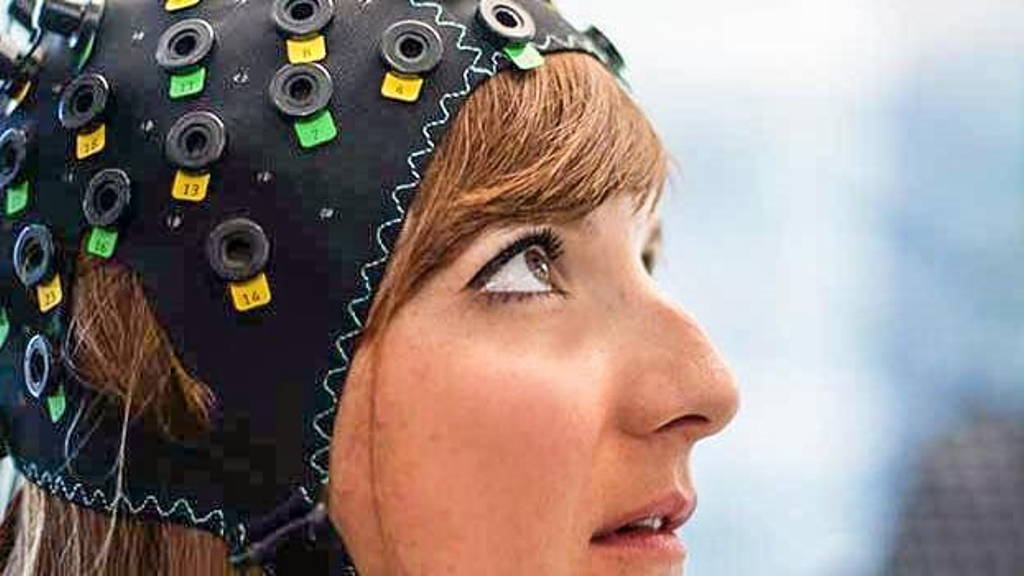Yes or no
During the trial, the patients with locked-in syndrome were unable to even move their eyes to communicate. A non-invasive brain-computer interface (BCI) detected their responses by measuring changes in blood oxygen levels in the brain. With this device the patients were able to respond "yes" or "no" via thought to spoken questions.Extensive investigations were carried out in four people with ALS (amyotrophic lateral sclerosis). The researchers asked personal questions with known answers and open questions that needed "yes" or "no" answers including: "Your husband's name is Joachim?" and "Are you happy?". Seven out of ten times, the answers they got were correct responses.
"The striking results overturn my own theory that people with complete locked-in syndrome are not capable of communication. We found that all four people we tested were able to answer the personal questions we asked them, using their thoughts alone. If we can replicate this study in more patients I believe we could restore useful communication in completely locked-in states for people with motor neuron diseases", thus explained Professor Niels Birbaumer, neuroscientist at the Wyss Center for Bio and Neuro-engineering in Geneva, Switzerland and senior author of the paper.
###Brain###
"We were initially surprised at the positive responses when we questioned the four completely locked-in participants about their quality of life. All four had accepted artificial ventilation in order to sustain their life when breathing became impossible so, in a sense, they had already chosen to live. What we observed was as long as they received satisfactory care at home, they found their quality of life acceptable. It is for this reason, if we could make this technique widely clinically available, it would have a huge impact on the day-to-day life of people with complete locked-in syndrome."
A crucial first step
Professor John Donoghue, Director of the Wyss Center, said: "Restoring communication for completely locked-in people is a crucial first step in the challenge to regain movement. The Wyss Center plans to build on the results of this study to develop clinically useful technology that will be available to people with paralysis resulting from ALS, stroke or spinal cord injury. The technology used in the study also has broader applications that we believe could be further developed to treat and monitor people with a wide range of neuro-disorders."The BCI technique in the study used near-infrared spectroscopy (NIRS) combined with electroencephalography (EEG) to measure blood oxygenation and electrical activity in the brain. While other BCI’s have previously enabled some paralyzed patients to communicate, NIRS is so far the only successful approach to restore communication to people who have complete locked-in syndrome.
